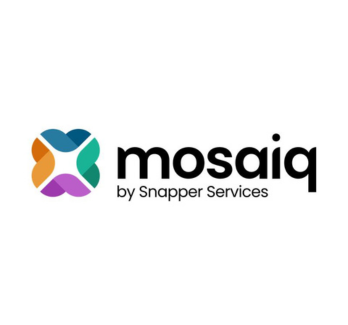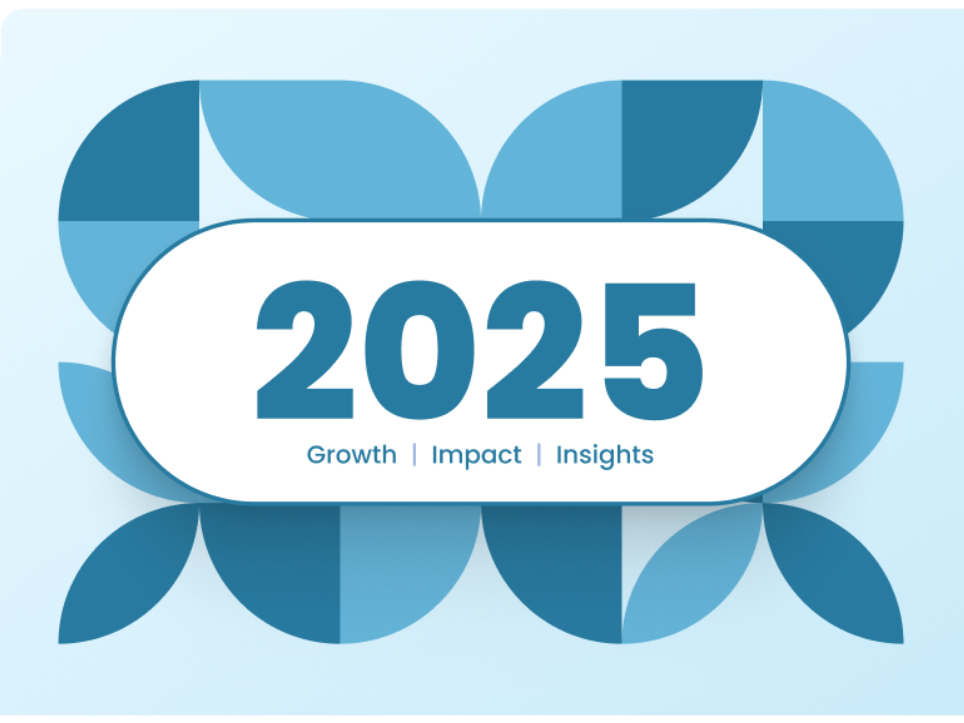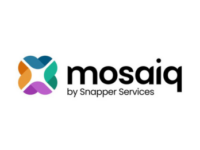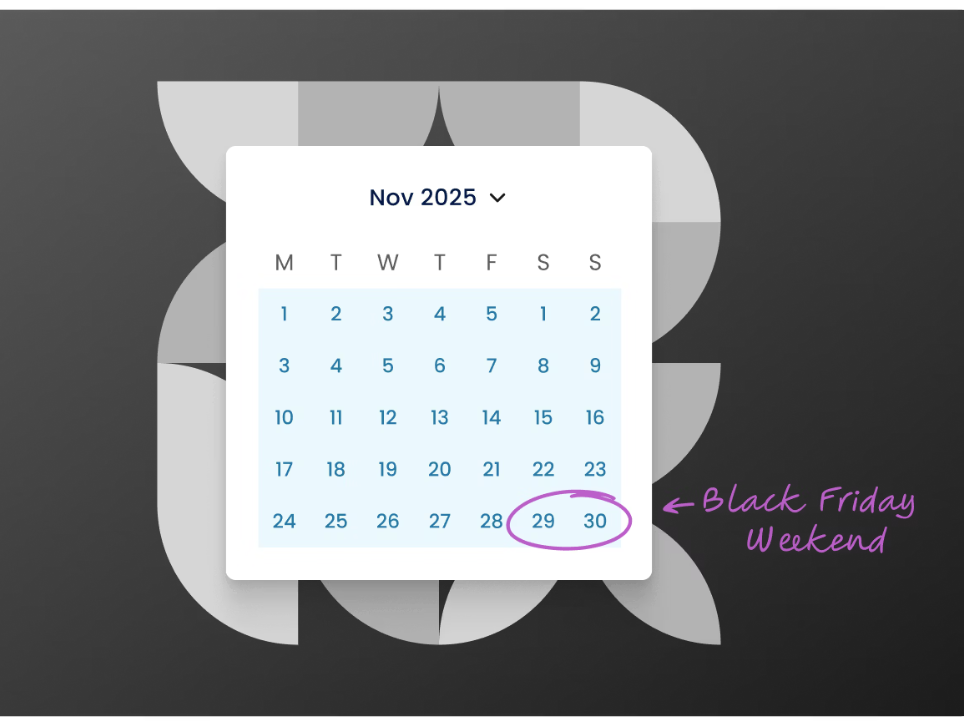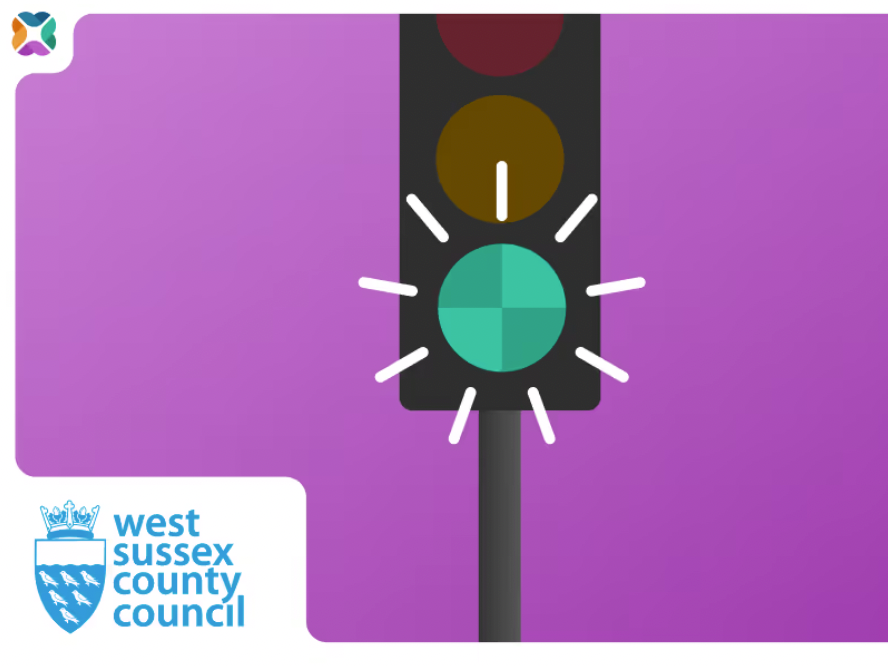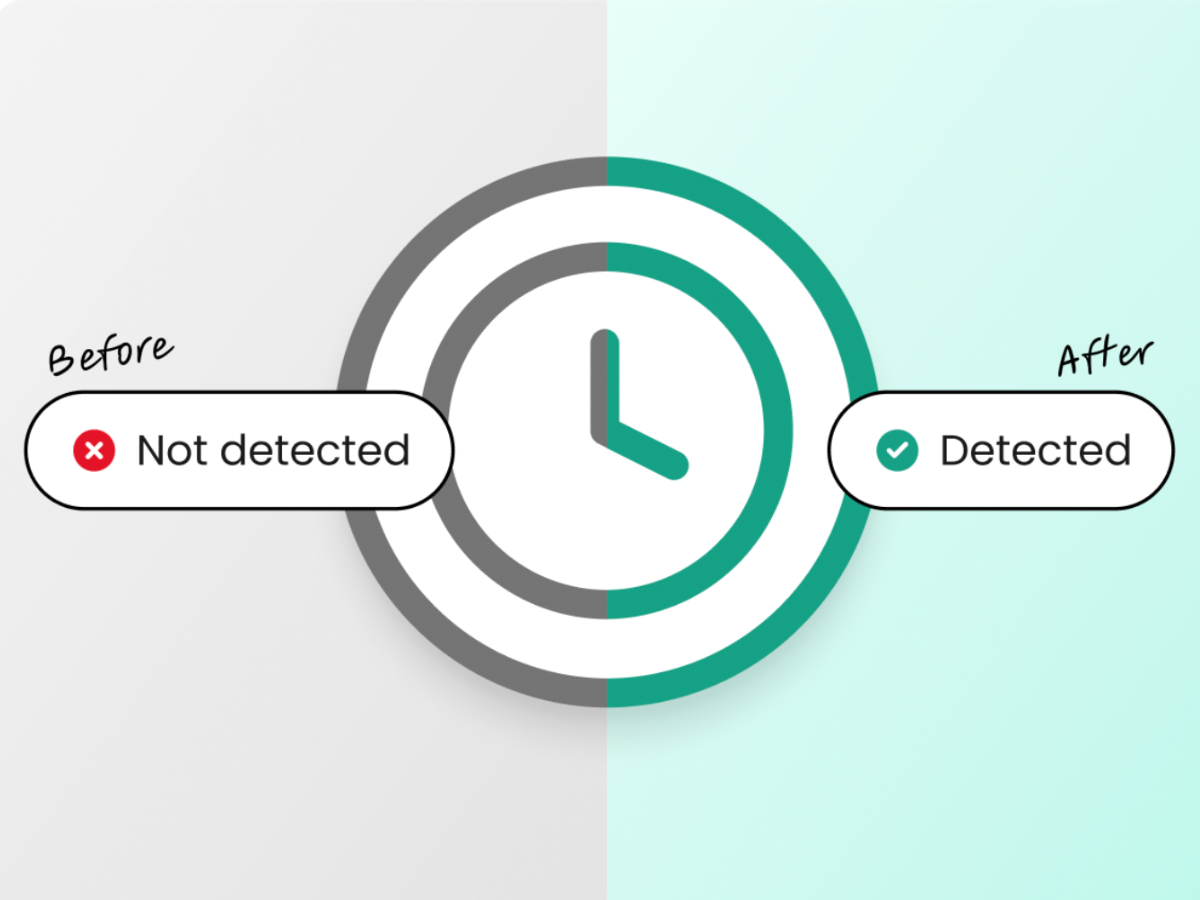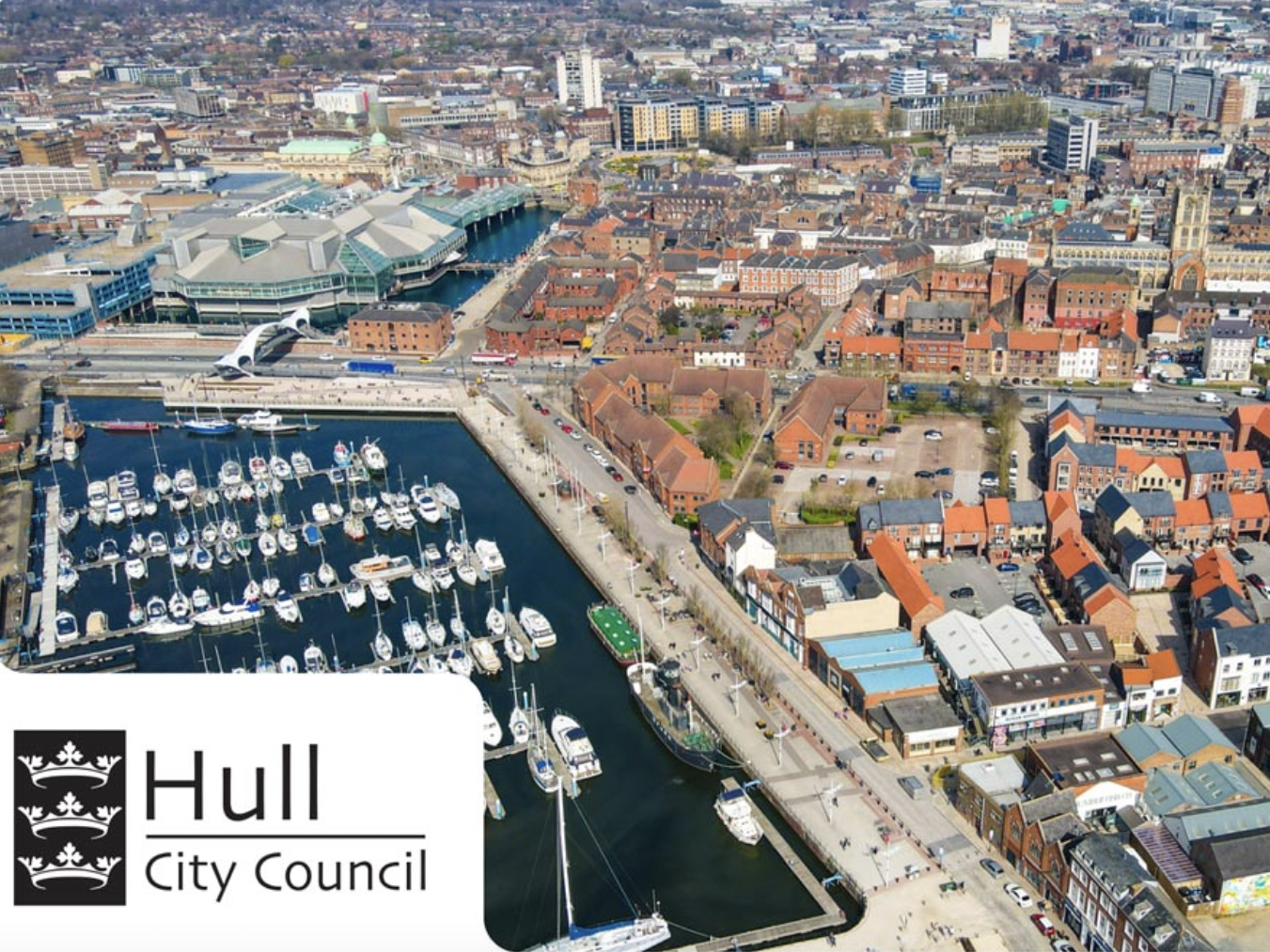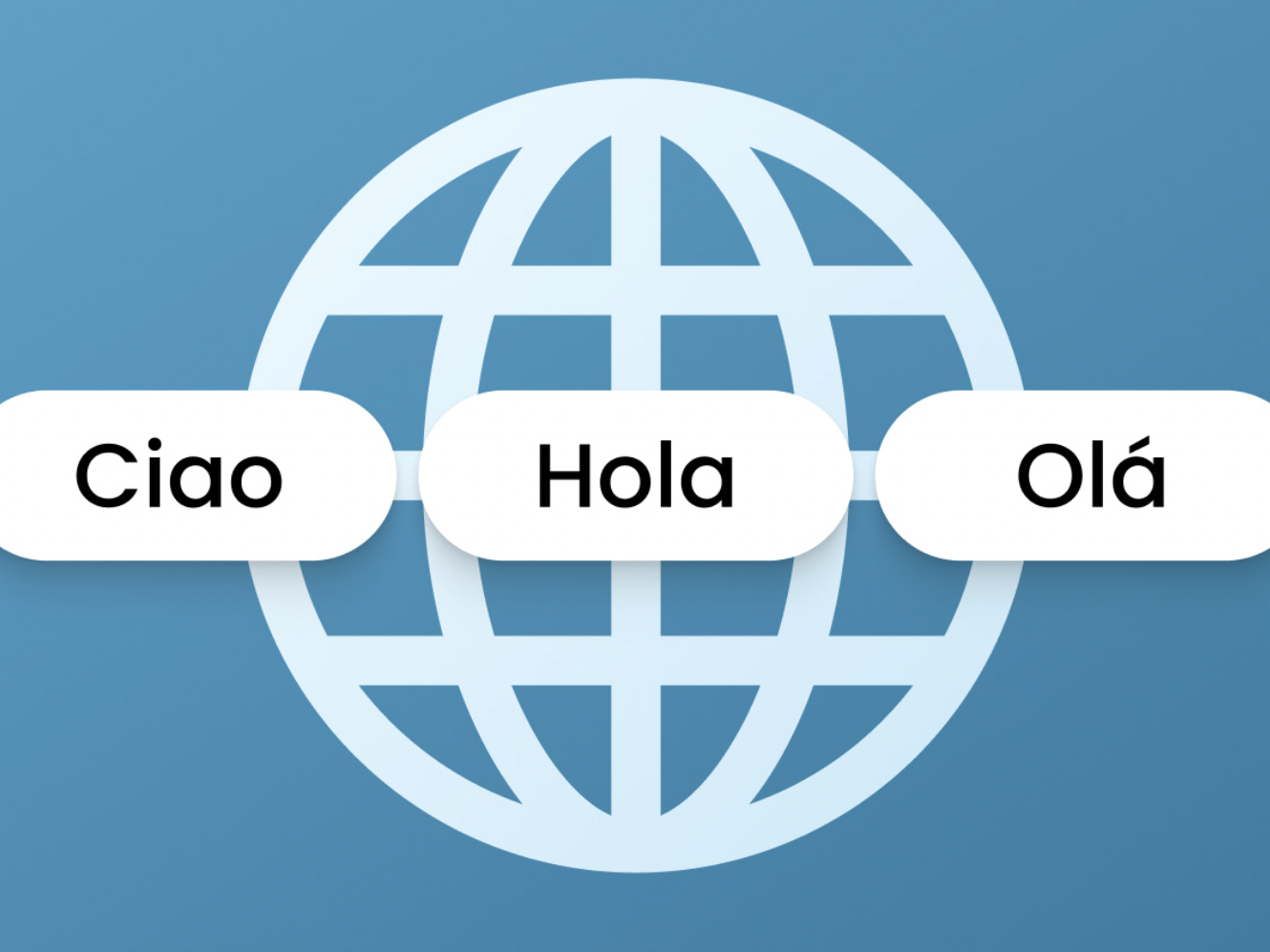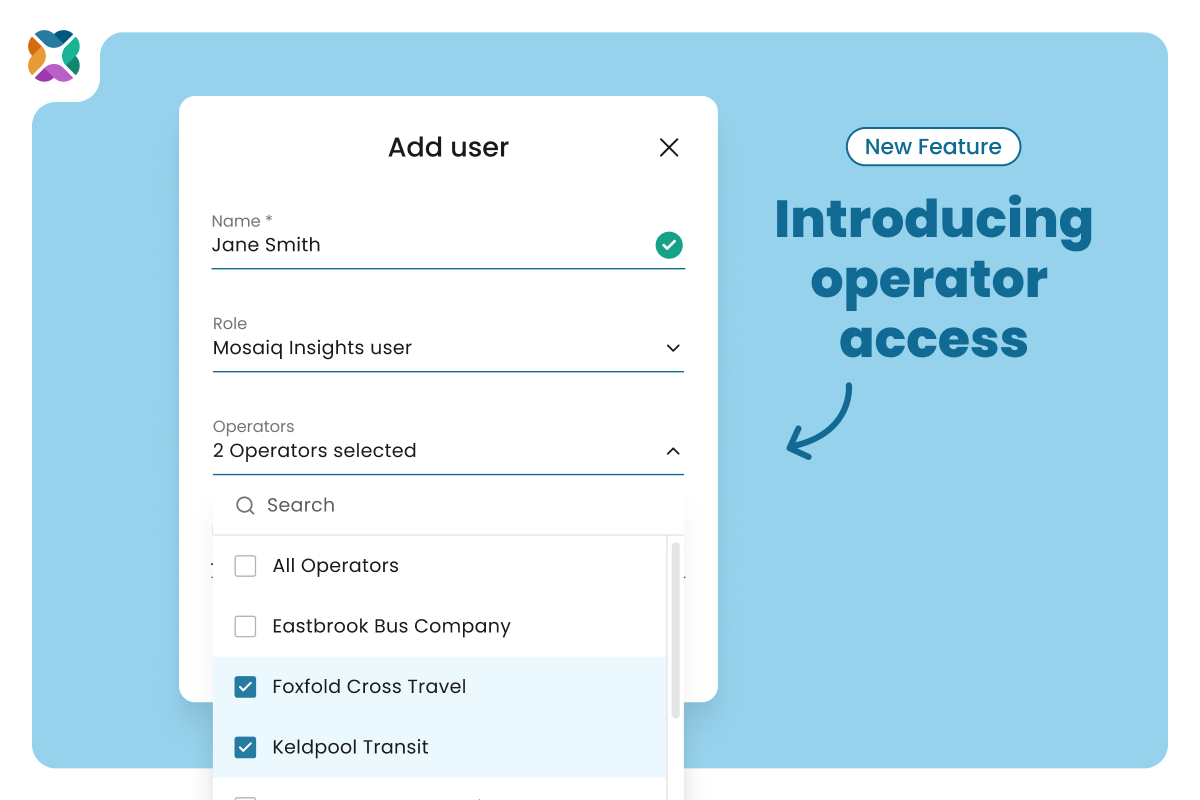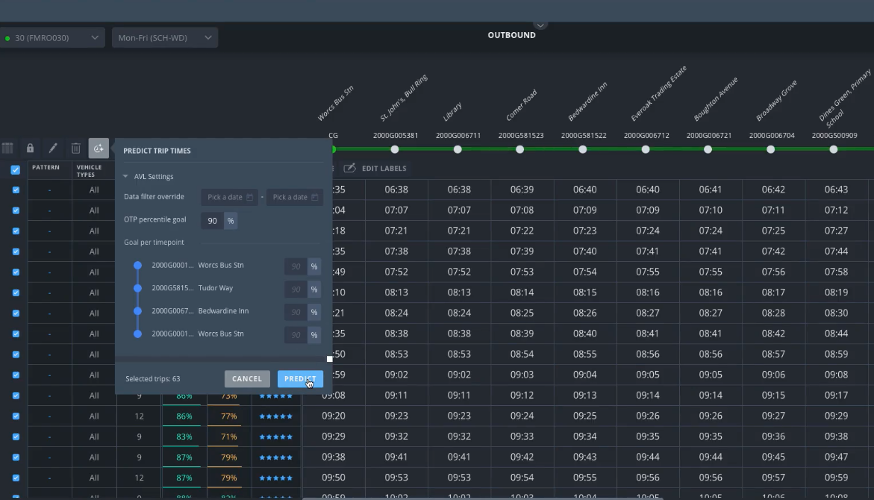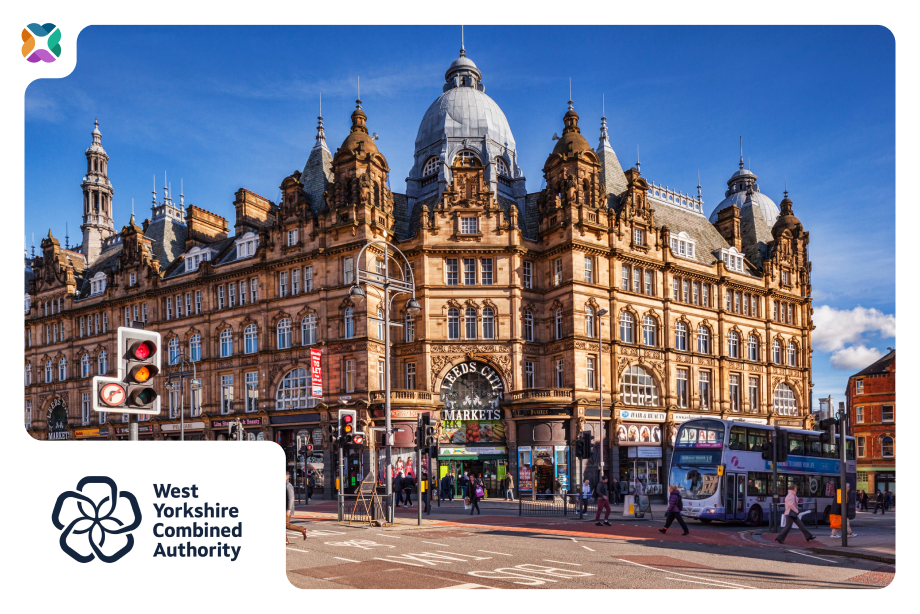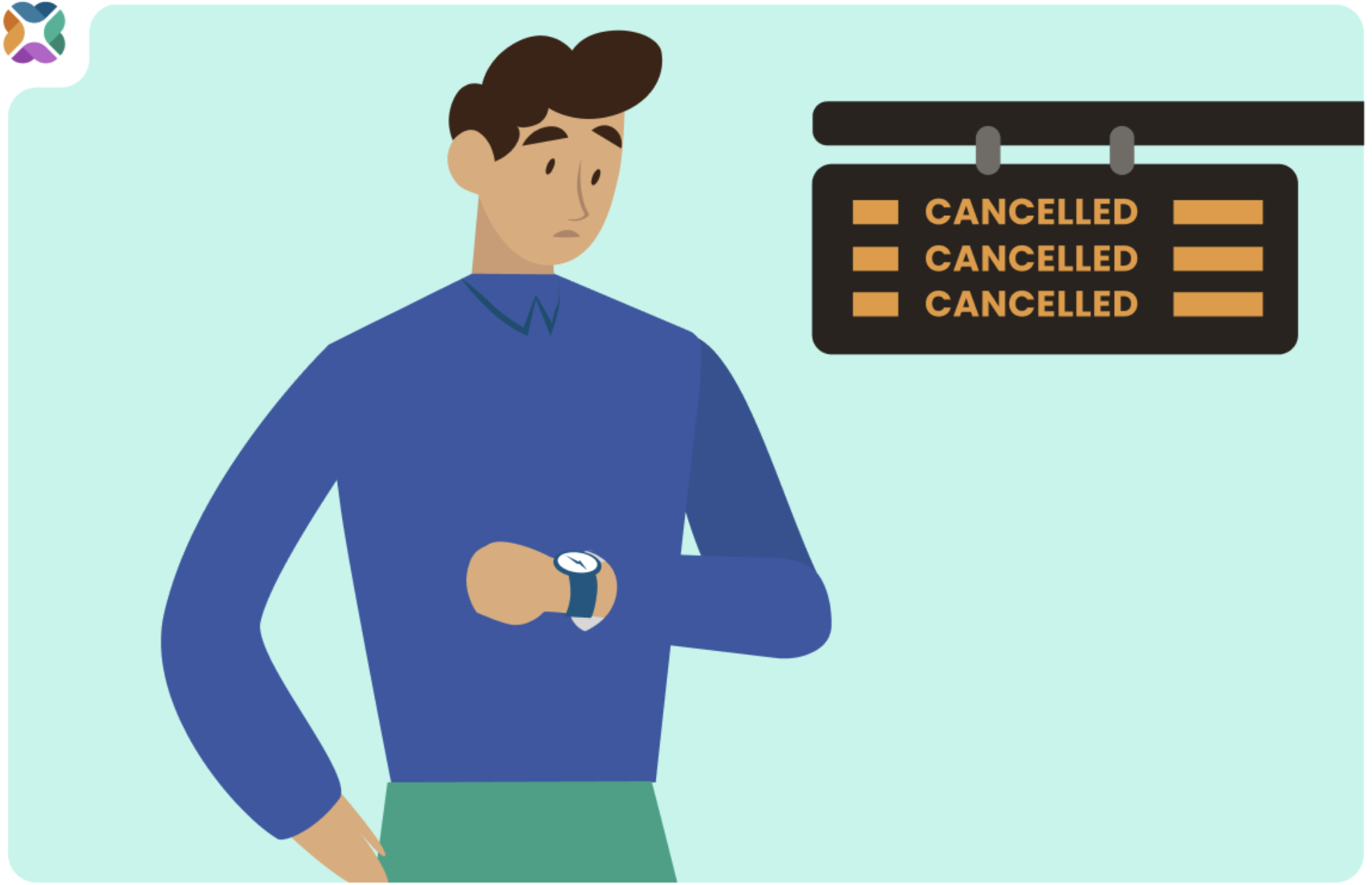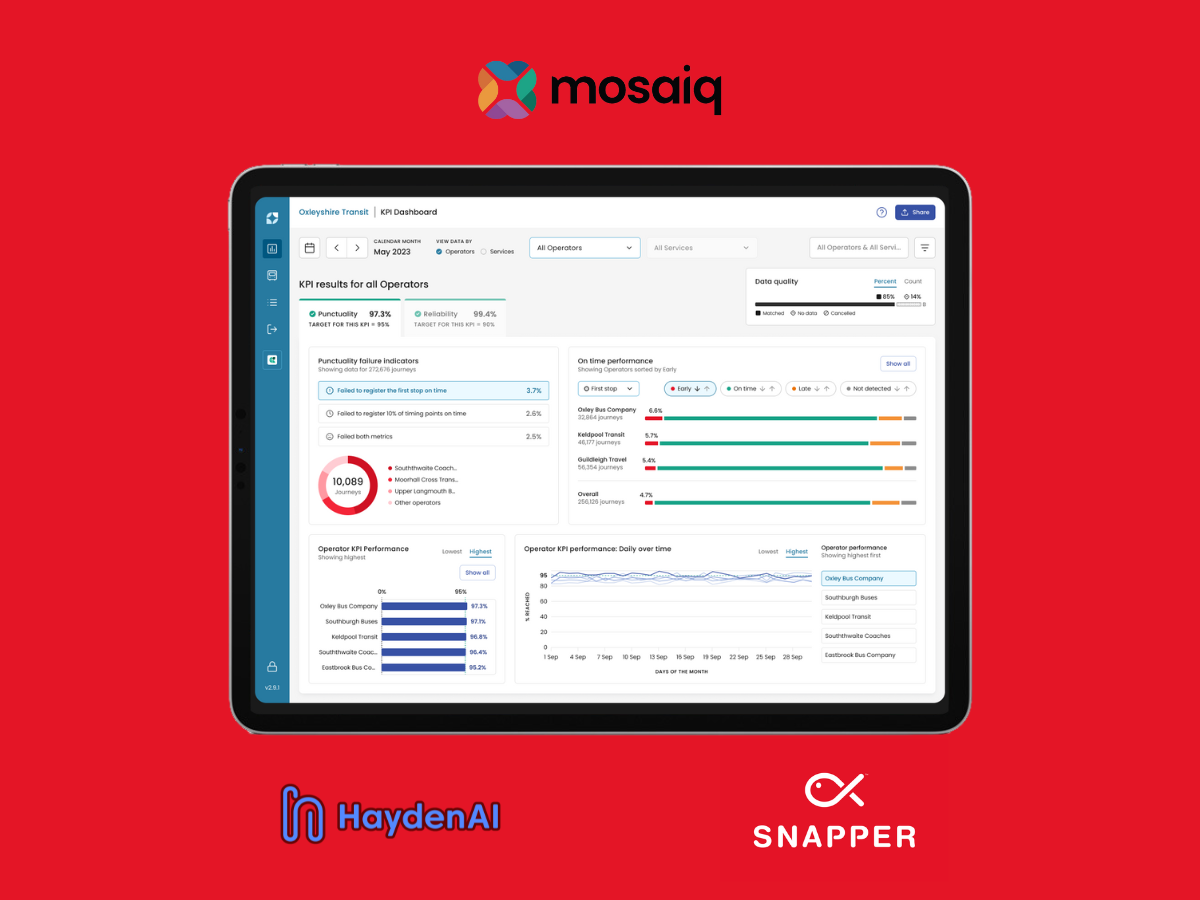How many people truly know what their car is costing them? Snapper Services attended the MaaS Scotland Conference, a leading event shaping the future of Mobility-as-a-Service.
The conference sparked discussions on integrating various transport modes into seamless, user-friendly services. Here are our key takeaways from the event.
Enabling MaaS and Public Transit for All
How did you plan your last journey and how many modes of travel were available to you? For those in rural areas or with mobility needs, options can be extremely limited, often leaving a private car as the only viable choice. Solutions like demand responsive transit (DRT) and engaging local community support can help extend mass mobility to geographically dispersed areas. Enabling earlier access to other modes could reduce reliance on private vehicles, encouraging behavioural shifts.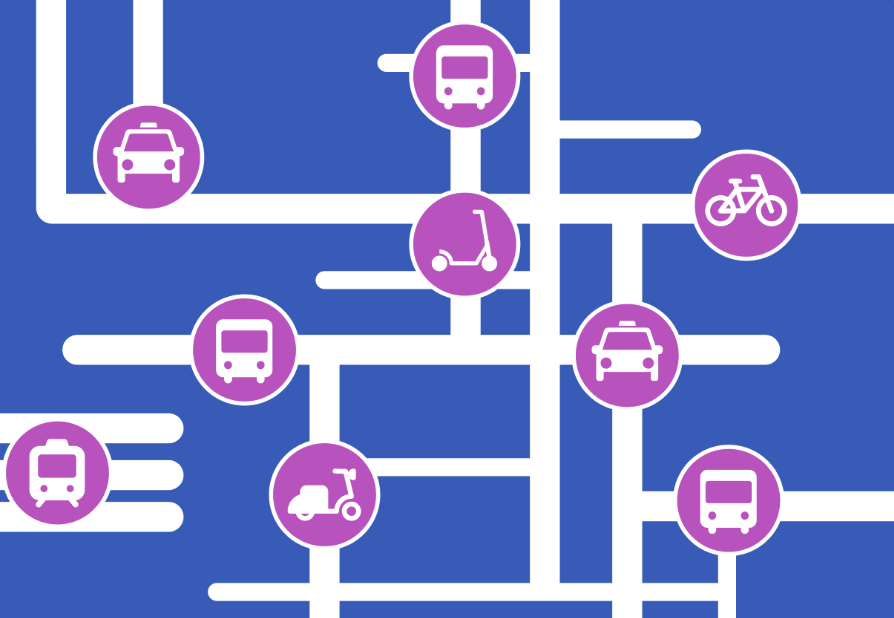 Network connectivity is a core challenge for both rural and urban MaaS and public transit users. Access to journey planning tools is often limited by internet connectivity, which can be slow or absent in rural areas and even in some city centres. This infrastructure challenge must be solved to enable initiatives like connected vehicles.
Network connectivity is a core challenge for both rural and urban MaaS and public transit users. Access to journey planning tools is often limited by internet connectivity, which can be slow or absent in rural areas and even in some city centres. This infrastructure challenge must be solved to enable initiatives like connected vehicles.
Travellers with mobility needs have lower participation rates in public transit, limiting their access to work, education, and leisure. Journey planners often lack accessibility information essential for this group. Open street-level data that helps people navigate cities—such as steps in stations, curbs, paths, and inaccessible streets—is essential to helping us plan safe trips and enabling greater participation in public transit for users with mobility needs.
We spend a lot of time talking about availability of schedule and real-time data, and how these can be used to make networks more reliable for passengers. MaaS Scotland facilitated a brilliant exploration in how good data is critical to enabling effective and realistic trip planning from the first mile to the last, for all passenger needs.
“There’s No One MaaS App to Rule Them All”
Cities around the world face demands to supply their citizens and visitors with digital tools to navigate public transit. This has led to a proliferation of city- and region-specific apps, often requiring separate apps for individual transport modes within a single city. The Go-Hi app is a powerful example of leveraging networks to build a holistic MaaS solution. Initially designed for Scotland’s Highlands and Islands, Go-Hi’s integrations now extend its use beyond the region. As more modes and providers join, its capacity to service diverse journeys expands, showcasing how journey-planning apps can scale regionally.
Importantly, not all integrations are technical—behind the APIs are teams of people working towards a singular mission: reducing private vehicle trips. Sometimes, MaaS integration is as straightforward as incorporating various transport modes into infrastructure planning, such as bike hire, car share services, bus interchanges, and rail at a single hub. As a collaborative industry, we have so much to gain from working together to deliver a cohesive, passenger-focused service.
Finding MaaS’ Angry Birds App
Did you know that the developers of Angry Birds released 51 games before its massive success? Hans Arby, the founder of UbiGo, shared this interesting titbit while discussing MaaS’ journey through the technical adoption curve. He argued that MaaS is in a similar phase of learning and trials.
So how does MaaS find its Angry Birds? Sharing findings from pilots is a great place to start, so we can all benefit from innovation and experimentation. Collaborating with other industries to find new paths to customers, like banking apps providing bus tickets, can attract new public transit users. These initiatives rely on public and private stakeholders sharing ideas, data, and ambitions.
Of course, the potentially game-changing franchised model is becoming increasingly front of mind for networks in the UK. Authorities considering this model may find they can build more accessible fare options, centralise essential journey-planning data, and build a more useful MaaS experience for passengers.
As a concept, commercial offering, and most importantly a passenger offering, MaaS has transformed over the last few years. The shared goal of MaaS and mass-focused public transit is to get people out of cars and using sustainable, shared or active modes of transport. We’re looking forward to seeing where the MaaS journey goes next.
This article was originally published by Snapper Services.


